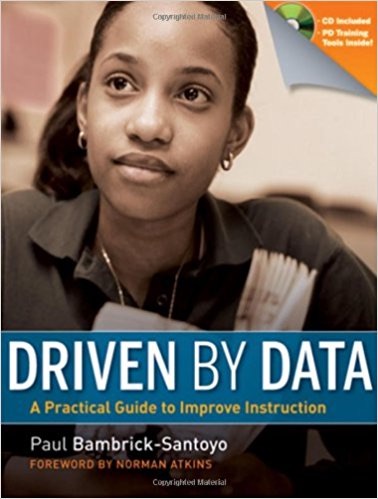Exams Measure What We know, But They’re Also the Best Way to Learn by Benedict Carey takes a look at how pretests that resemble final exams can improve learning. This is from the New York Times Magazine, September 7, 2014. Click here for the full article. Click below to buy his book.
Benedict J. Carey
- Benedict is a science reporter for The New York Times who focuses on brain and behavior topics. He writes about neuroscience, psychiatry and neurology, as well as everyday psychology. The territory includes the large and the small, memory molecules and group behavior, narcissism and nostalgia, drug uses and drug addiction. You can email him or reach him on Twitter @bencareynyt.
The Set Up
- Benedict starts by asking if you would study more effectively if on day one of a difficult course you were presented with the final exam without answers. Certainly you would focus on the key questions and work hard to find high quality answers. This is the idea behind pretesting, one of the most exciting developments in learning-science. A recent study at U.C.L.A. by Elizabeth Ligon Bjork found that pretesting raised performance on finals by an average of 10%. The key idea here is that testing might be the key to studying rather than the other way around. A test is not only a measurement tool, it’s a way of enriching and altering memory.
Test Dread
- Many of us have had the “bombed test” experience, and most of us have only taken tests that counted at the end of a unit, a semester, or a year. The problem is often due to a misjudgment of the depth of what we know. We simply think we are fluent when we are not, and we assume that further study won’t help. We move on forgetting that we forgot. The best way to overcome this illusion is testing, which also happens to be an effective study technique in its own right. This has been understood for some time as we know it is easier to memorize something if you stop and try to recite it after some initial study rather than studying until you have memorized the entire piece. Recitation is a form of self-examination.






